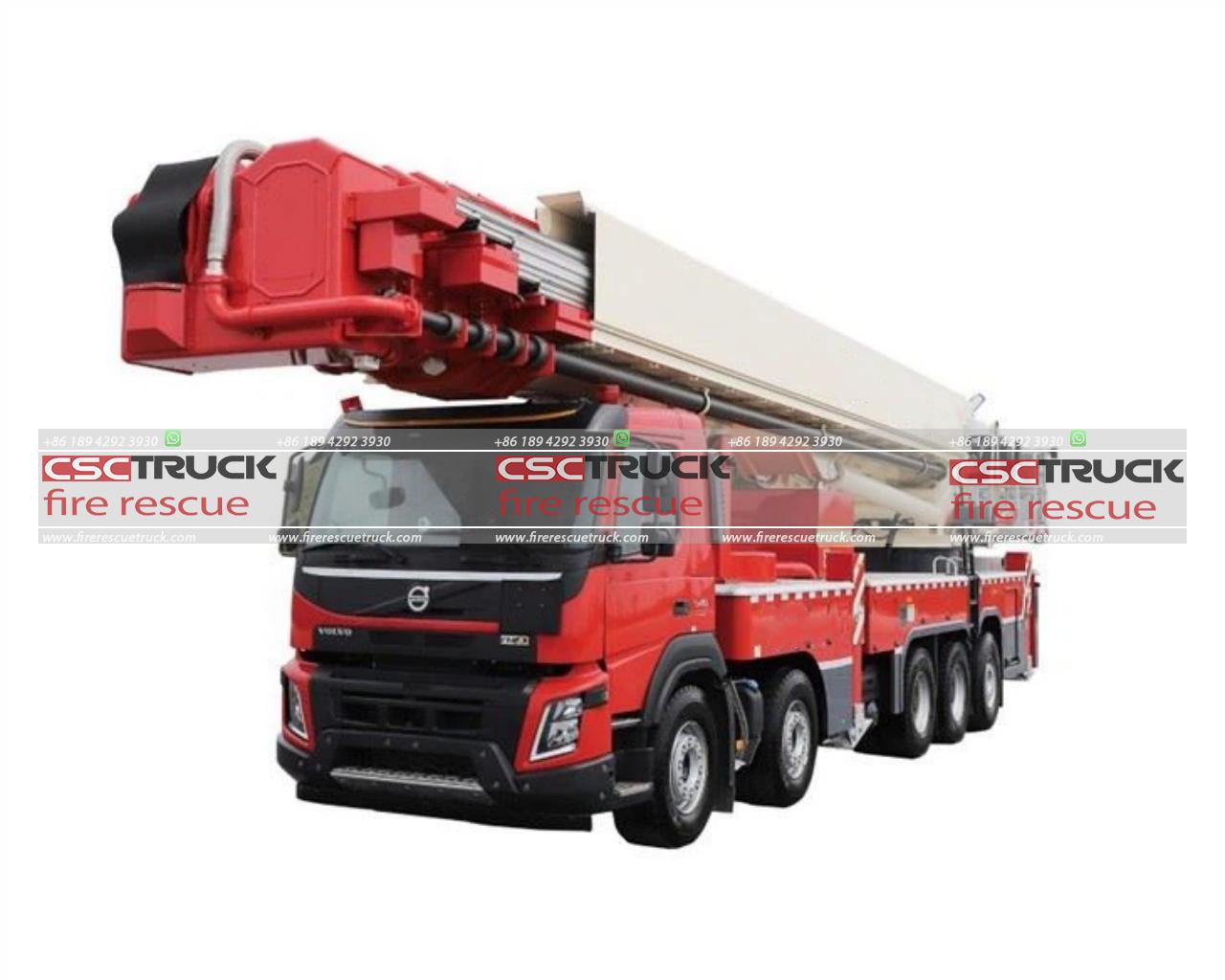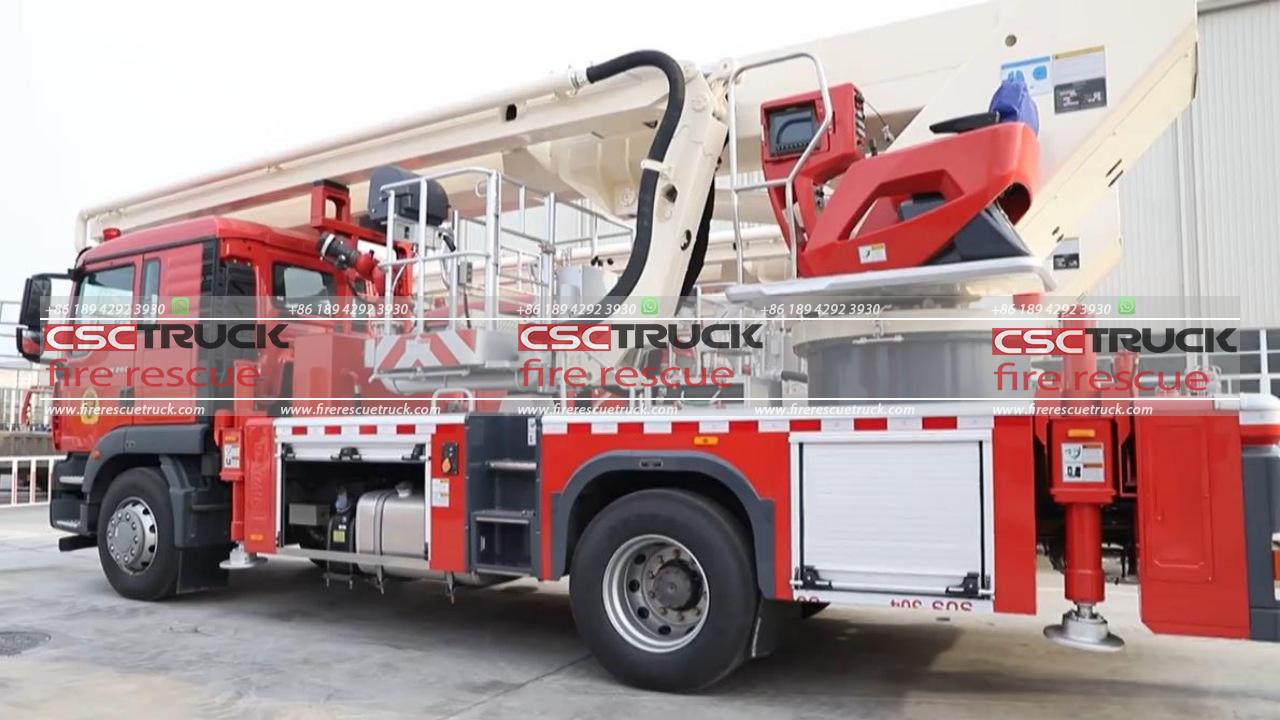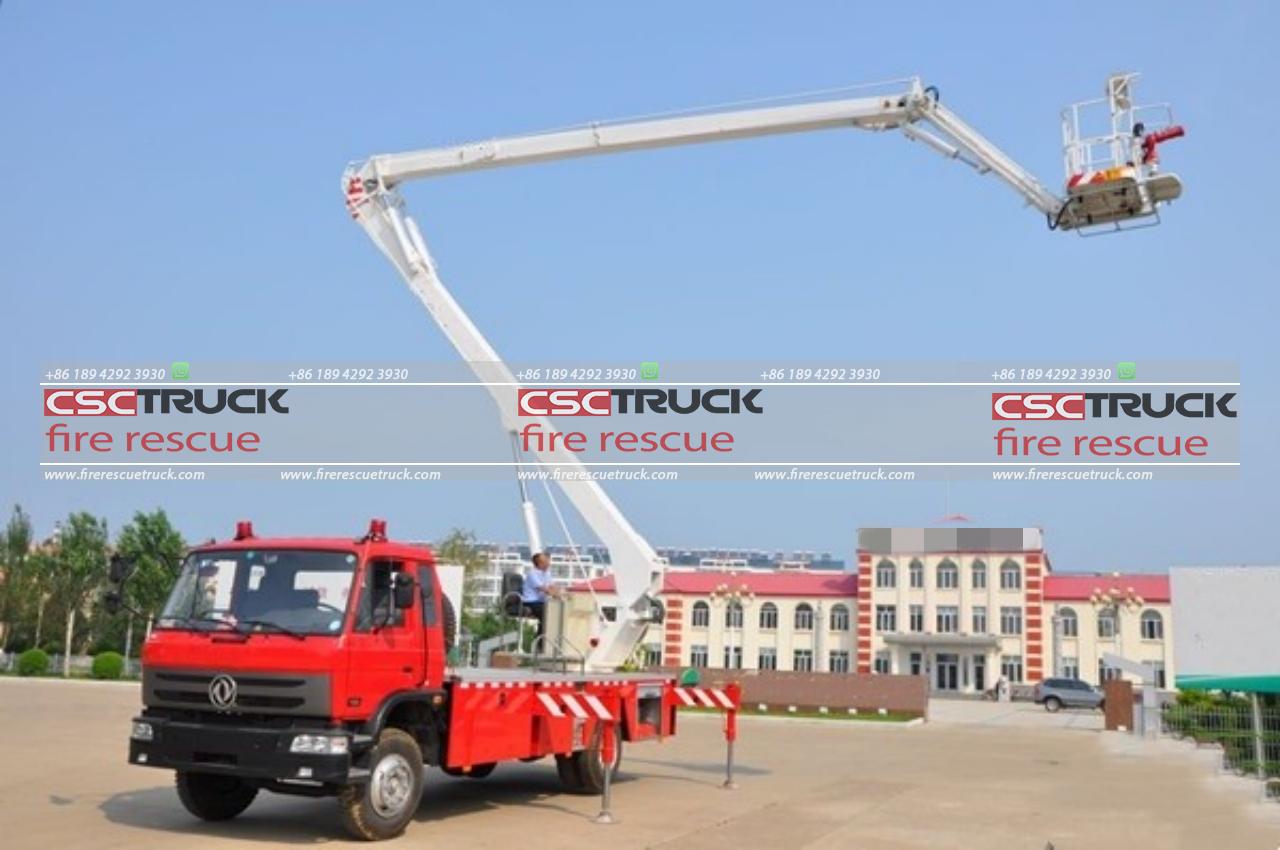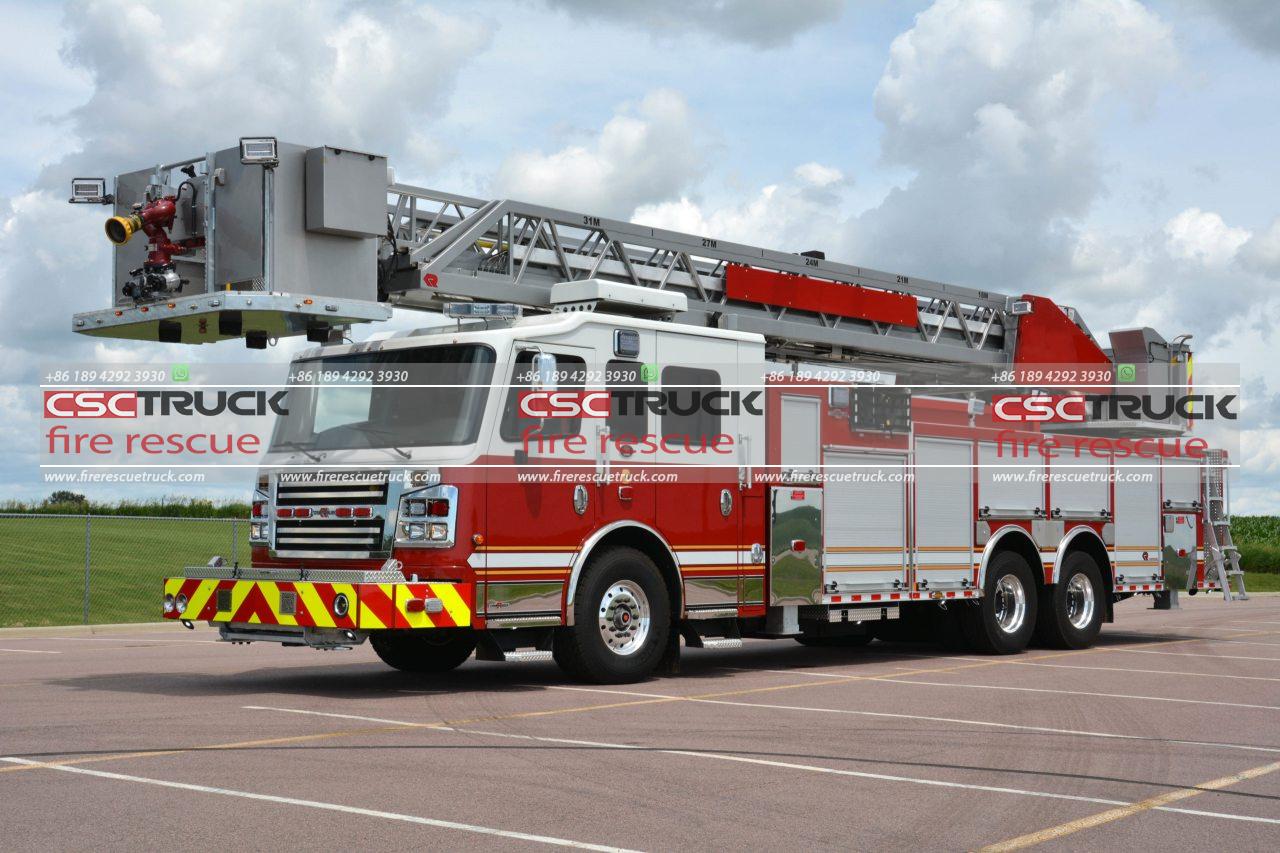Fire trucks are a critical part of any firefighting fleet, designed to respond swiftly and efficiently to emergencies. Among the various types of fire apparatus, the “Snorkel Fire Truck” stands out as a specialized vehicle with unique capabilities, particularly when it comes to aerial firefighting and rescue operations. This article delves into what makes a Snorkel fire truck distinct, its history, design, and uses in modern firefighting.
History and Development of Snorkel Fire Trucks
The Snorkel fire truck, originally a modified piece of equipment, traces its roots back to the 1950s. The concept was pioneered by Walter Baum, a fire equipment distributor, and Art Moore, a Chicago-area mechanic. Their vision was to adapt a cherry picker, a machine typically used in utility work and tree trimming, into a fire apparatus that could be used for high-angle rescues and firefighting. The idea was to create an extendable boom capable of reaching elevated positions, offering more flexibility and reach than traditional ladders.
The first official Snorkel fire truck was introduced in 1958 when the St. Louis Fire Department added one to its fleet. Its performance in reaching and navigating complex high-rise fires quickly garnered attention, leading to broader adoption. Over time, the Snorkel became a recognized term within the fire service industry, synonymous with elevated platforms.

Design and Features of Snorkel Fire Trucks
The core feature of a Snorkel fire truck is its articulating boom with an attached basket or platform, providing firefighters with a stable and versatile working environment at significant heights. This design distinguishes it from other aerial devices, such as straight or telescoping ladders. The Snorkel’s articulating mechanism allows it to “bend” at the joints, making it easier to maneuver around obstacles and access difficult-to-reach areas.
Key components of a Snorkel fire truck include:
1. Articulating Boom: The boom is the primary structure of a Snorkel truck. It consists of 2 or more segments connected by joints, enabling the apparatus to extend, retract, and articulate in multiple directions. This flexibility allows the truck to position itself in tight spaces and reach over or around obstacles, such as balconies or roof overhangs.
2. Bucket or Platform: At the end of the boom, a basket or platform provides a secure area for firefighters. The bucket typically has controls for water and foam dispensing, as well as the ability to operate the boom itself. Modern Snorkel platforms are designed to hold multiple personnel and can carry additional equipment, such as cutting tools or medical gear.
3. Waterway System: Snorkel trucks often include integrated water pipes that extend alongside the boom. These waterways allow for high-volume water delivery directly from the elevated platform, making the Snorkel an effective tool for firefighting at heights. The water is supplied from the ground engine, which pumps it up through the boom and out via nozzle systems mounted on the platform.
4. Pump and Tank: Many Snorkel fire trucks are equipped with onboard water pumps and tanks. This configuration makes them self-sufficient in delivering water, particularly useful in rural areas or where hydrant access is limited. The onboard pump ensures that water can be delivered through the platform’s nozzles even when the truck is not connected to a separate engine.
5. Outriggers and Stabilization: Stability is crucial when operating at height, so Snorkel trucks are equipped with hydraulic outriggers. These extend outward from the truck body to create a stable base, preventing tipping or imbalance when the boom is fully extended.

Applications of Snorkel Fire Trucks
Snorkel fire trucks are versatile and adaptable, serving a range of roles within the fire service. Their unique design makes them particularly effective in the following situations:
1. High-Rise Firefighting: Snorkel trucks are invaluable when combating fires in multi-story buildings. The articulating boom allows firefighters to reach windows and floors that would be difficult or impossible to access with a straight aerial ladder. This capability is crucial for both attacking the fire and performing rescues from elevated positions.
2. Rescue Operations: The platform at the end of the Snorkel boom can accommodate multiple people, making it an effective tool for rescuing individuals trapped in high places. Whether it’s retrieving workers from a damaged structure or rescuing citizens from a high-rise fire, the Snorkel’s stability and maneuverability ensure safe and efficient operations.
3. Fire Suppression in Complex Environments: The Snorkel’s water delivery system enables it to project water or foam from a height, making it useful for extinguishing fires on rooftops or large open areas, such as warehouses or factories. The ability to position the platform over the fire means that Snorkel trucks can attack flames from above, reaching areas that are challenging to access from the ground.
4. Technical Rescues and Specialized Operations: Beyond firefighting, Snorkel trucks can be adapted for other technical rescues, such as reaching victims on cranes or performing complex extractions. Their platforms can carry specialized equipment for cutting, lifting, and stabilizing, allowing firefighters to address a variety of emergency scenarios.
Advantages and Limitations of Snorkel Fire Trucks
The Snorkel fire truck offers several advantages over other types of aerial apparatus:
1. Flexibility and Reach: The articulating boom can navigate around obstacles and reach positions that straight ladders cannot. This makes Snorkel trucks ideal for urban environments where buildings and infrastructure can impede access.
2. Enhanced Stability: With its platform or bucket, the Snorkel provides a secure space for firefighters to work, reducing the risk of falls or instability that can occur when working from traditional ladders.
3. Efficient Water Delivery: Snorkel trucks are capable of delivering large volumes of water from an elevated position, enabling effective fire suppression even in areas that are hard to reach from the ground.
However, Snorkel trucks also have some limitations:
1. Size and Maneuverability: Snorkel fire trucks are typically larger and heavier than other types of fire apparatus, making them less maneuverable in tight urban environments.
2. Set-Up Time: Deploying the outriggers and stabilizing the boom can take more time compared to a straight ladder, which may delay initial firefighting or rescue efforts in some cases.
3. Cost and Maintenance: Due to their complexity, Snorkel fire trucks are more expensive to purchase and maintain. This can be a limiting factor for smaller departments with budget constraints.

Conclusion
Snorkel fire trucks are specialized vehicles designed to tackle challenging firefighting and rescue scenarios. With their articulating booms, integrated waterway systems, and stable platforms, they provide firefighters with a versatile and effective tool for high-angle operations. While they are not without their limitations, their unique capabilities make them an invaluable addition to fire departments that frequently deal with high-rise buildings or complex urban environments. Understanding what makes a Snorkel fire truck distinct helps to appreciate its role in keeping communities safe and responding to emergencies with efficiency and precision.







